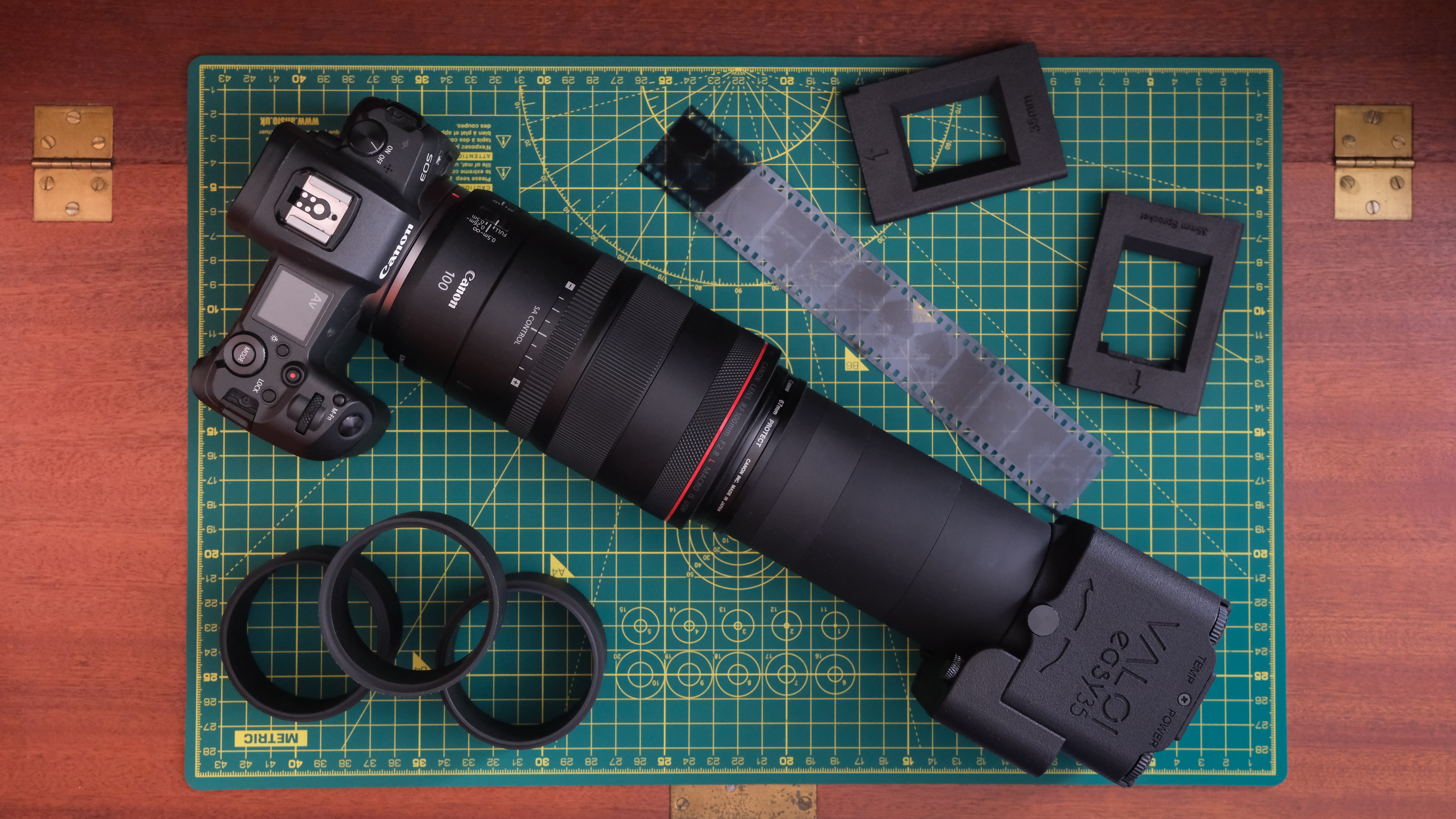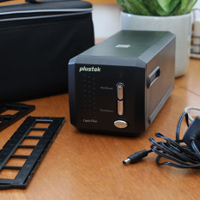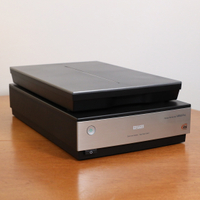Digital Camera World Verdict
The Valoi Easy35 has totally changed my view on film scanning. It's fast and easy to use for scanning 35mm or smaller film. However, it requires a decent digital camera and macro lens, which can be expensive. If you have the gear, the Easy35 produces superb quality scans with minimal effort, effectively blocking out outside light for consistent results. Overall, it's a worthy investment for frequent film shooters.
Pros
- +
Very simple to use
- +
Incredibly fast to scan an entire roll
- +
Only need to set up once
- +
Super consistent results
Cons
- -
Needs a digital camera and 1:1 macro lens
- -
Doesn't include any conversion software
- -
Materials pick up fluff and grease
Why you can trust Digital Camera World
There are a lot of ways of getting your film scanned into digital copies for archiving or sharing on social media. Of course, you can just get your lab to do it when you have your photos developed, but where is the fun in that? Scanning at home is exciting, but also gives you more creative control over how the color and lighting in each image is going to look – plus you can usually get a much higher resolution than what a lab provides as standard.
The most common ways of scanning film are a dedicated scanner like the Plustek OpticFilm range, a flatbed scanner such as an Epson Perfection V850 Pro, or camera scanning. The first two options have always been the most popular as they are easy – film is simple and quick to load into holders, and the machine handles all the scanning and conversions for you with bundled software.
Camera scanning on the other hand requires a lot of skill to perfect – or at least it did. Previous camera scanning setups, including the Valoi 360 involved perfectly lining up a camera on a stand above your film – and I mean perfectly lining up, as even a single degree off could affect images. And unless you have space to leave this permanently set up, you had to calibrate this each and every time you wanted to scan. Stray light is also a constant issue, with film out in the open (or even with small sleeves around it) there is more chance of a stray bit of light hitting the film and affecting contrast or colors.
The Valoi Easy35 aims to solve all these headaches, with a simple-to-use all-in-one system that takes out the stress, but still keeps the speed and consistency of camera scanning. I have been desperate to try it since I first saw it on Kickstarter, and now it is finally in production, but is it everything it promises, and can it compete with, or even beat the best film scanners?
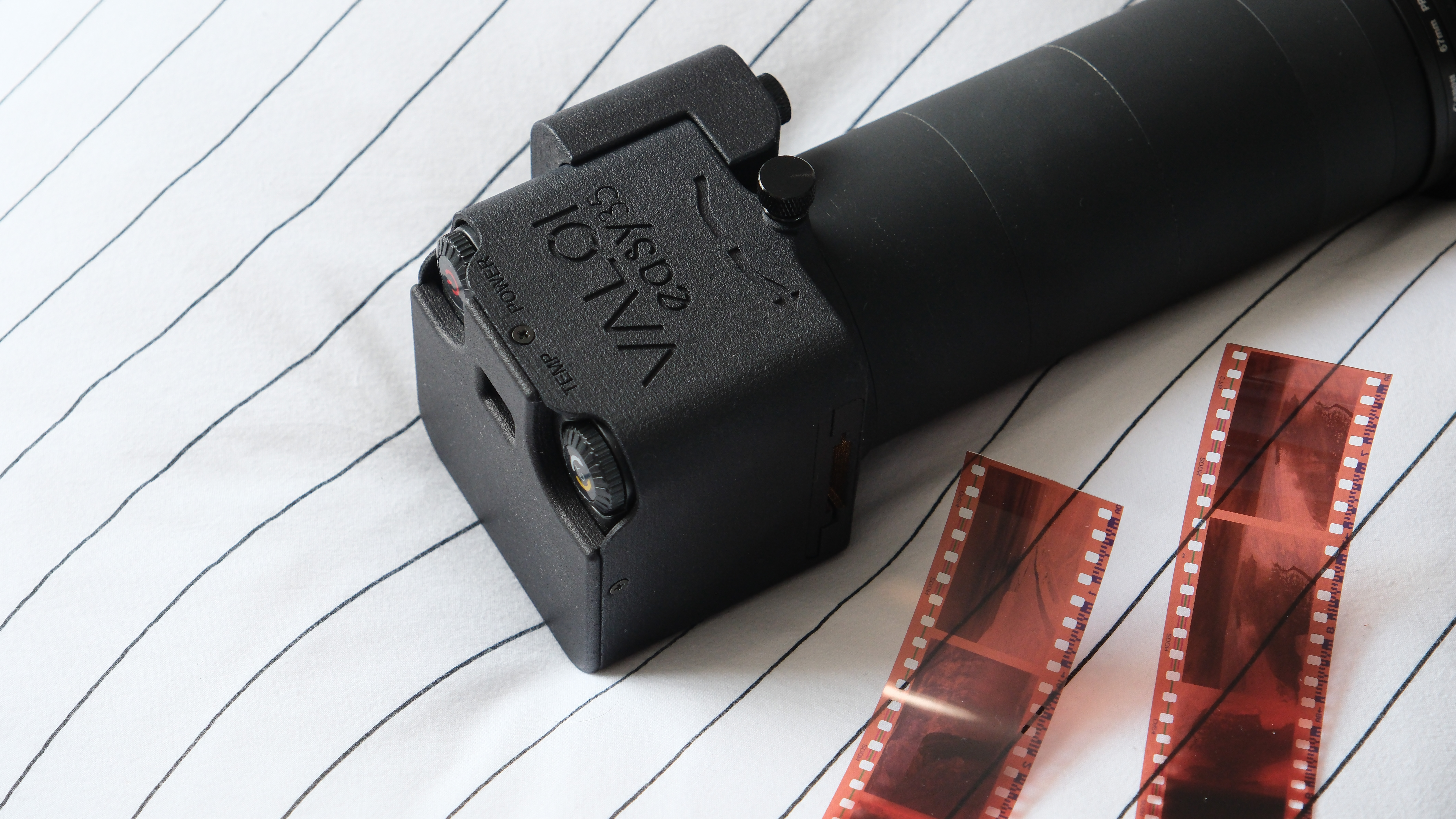
Valoi Easy35: Specifications
Standard kit contains | Valoi Easy35 body with built in light source, Standard 35mm Holder, Distance Tubes, filter thread adapters |
Focal length range | Full-frame: 55-105mm, APS-C: 40-70mm, M4/3: 35-60mm |
Filter thread compatibility | 39mm - 67mm |
LED Panel | Bi-color |
CRI | 95+ |
Battery life | 2-3 hours |
Charging | USB-C |
Valoi Easy35: Price
At under $250, the Valoi Easy35 isn’t a huge expense if you scan film regularly, with other top scanners like the Plustek OpticFilm 8200i SE costing $399 or the Epson Perfection V850 Pro costing a ludicrous $1,299. Add-ons for the Easy35 like the film duster and different film holders are also well-priced at around $30-50 apiece.
But, and it's quite a big but – this is only what it will cost you if you already have a lot of the required gear. To work, the Easy35 needs you to already own a digital camera and 1:1 macro lens, and for best results a subscription to Adobe Lightroom Classic ($9.99/month), and a copy of Negative Lab Pro ($99/lifetime) or FilmLab ($59.99/year, $199.99/lifetime) conversion software – there is no conversion software bundled with the scanner (although free versions are available online of varying quality).
If you don’t have a camera and lens, it will cost you anything from a few hundred dollars on the second-hand market, or if you want to shop new – quite a lot more.
Valoi Easy35: Design & Handling
Let’s get it out there, the Easy35 with a camera attached looks pretty odd, depending on what lens you use and how many extension tubes it needs to focus, the whole thing can be comically long. However, it still takes up far less space than a traditional camera scanning setup like the Valoi 360 which needs a large clear worktop to set up a bulky stand and can be used anywhere.
I found the Easy35 incredibly simple to set up, it takes a little time, but once I had the camera and lens combo set once, I should never need to adjust the Easy35 again. The system comes with several extension tubes to adjust for the perfect 1:1 distance from the film you are scanning, I just had to add tubes until the film frame filled the frame of my digital camera as much as possible.
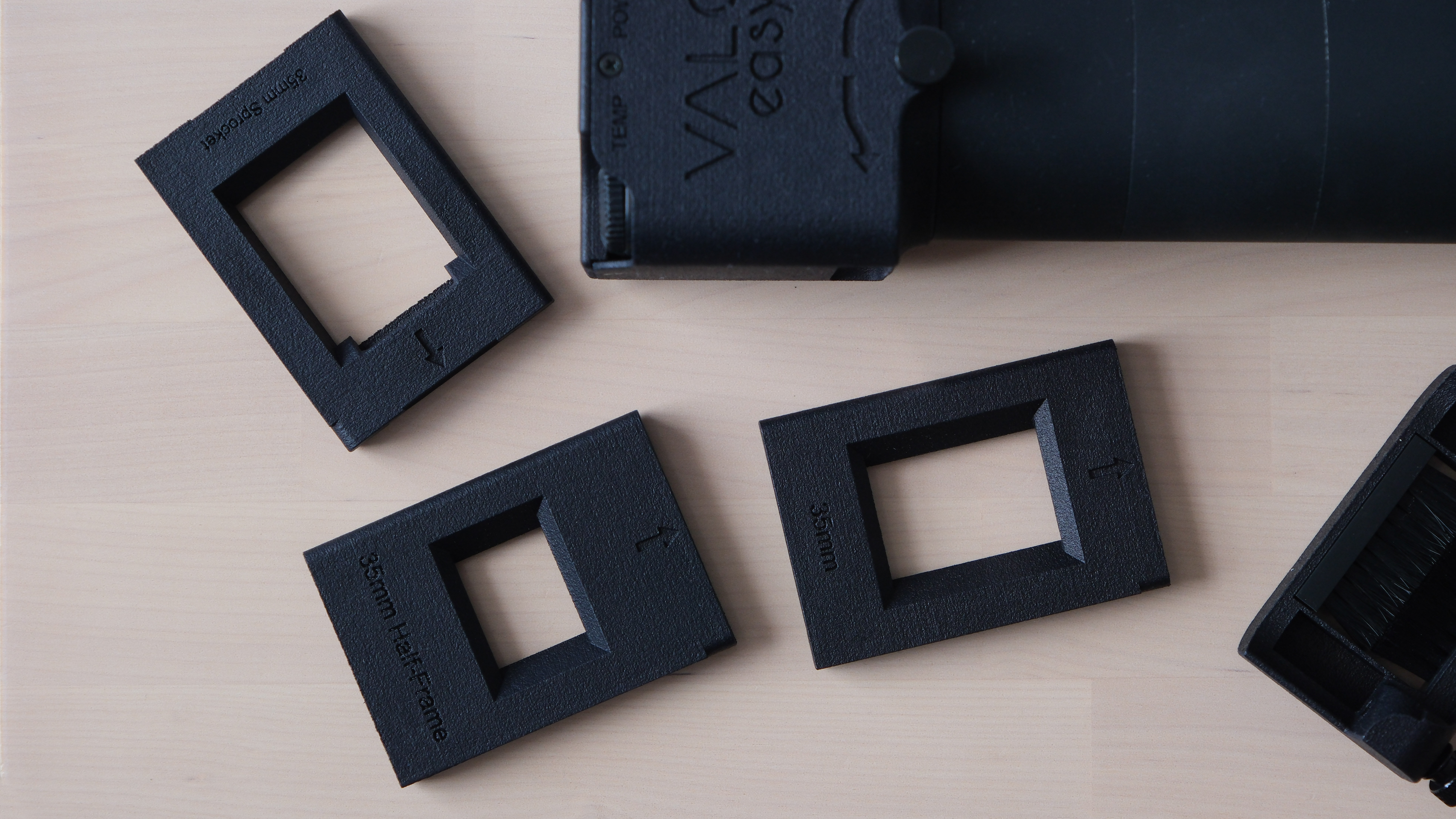
The downside is that you are a little limited in exactly what lenses you can use, for full-frame you are limited to 55-105mm, APS-C – 40-70mm, and M4/3 – 35-60mm. The lens must also have a 39mm, 46mm, 49mm, 52mm, 55mm, 58mm, and 67mm filter thread to use one of the thread adapters in the box (although you could buy a third-party adapter for more unusual thread sizes).
These limitations can rule out some major lenses, for example, both Fujifilm macro lenses currently available fall on either side of the APS-C cutoff (XF 30mm & XF 80mm).
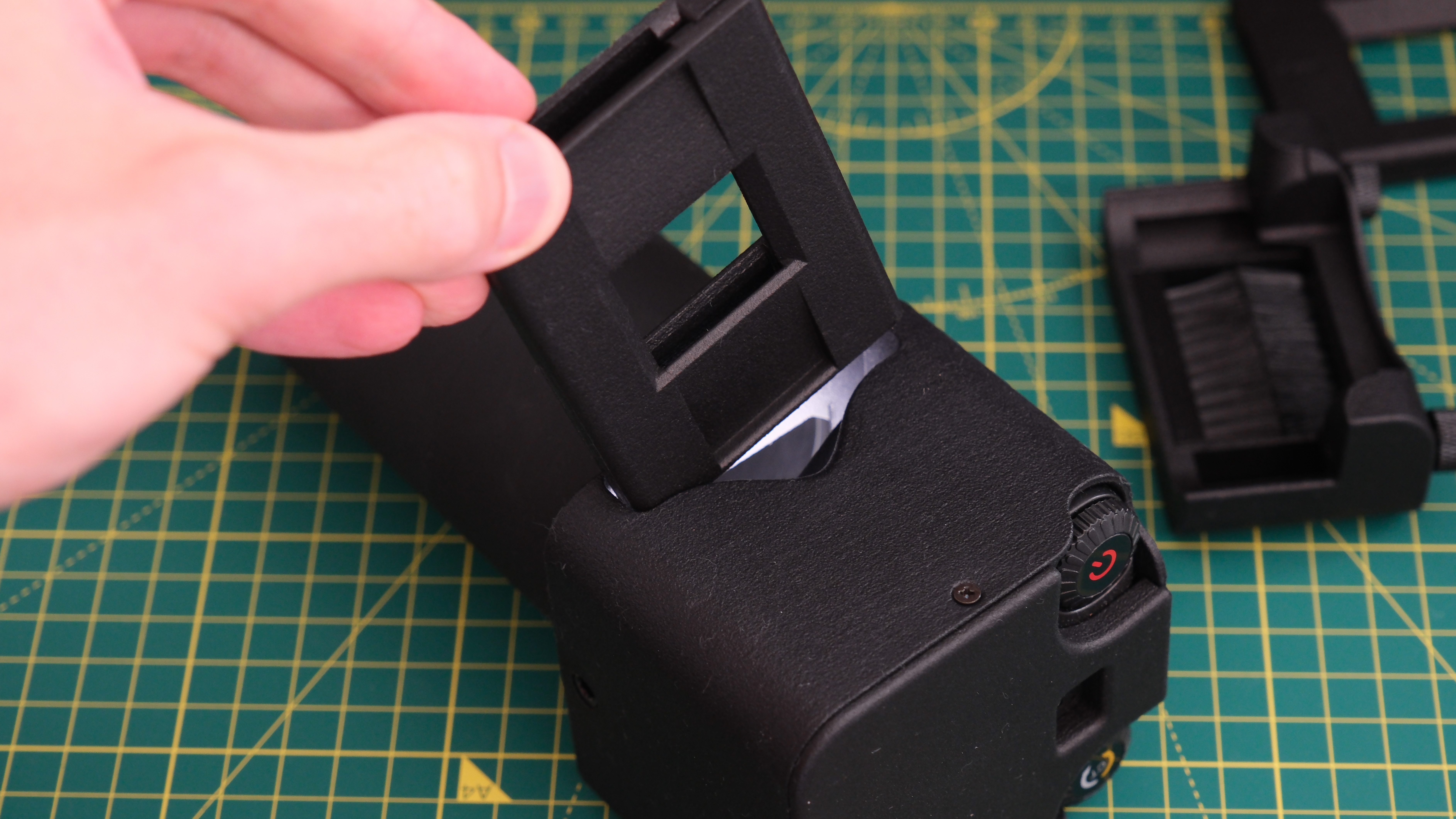
The Easy35 is really well-built and feels solid. The extension tubes are made of metal and screw together with a satisfying ring, and the body itself is made of what feels like a 3D-printed plastic. It's very lightweight, but it's thick enough that the light doesn’t spill out or stray light gets in.
My only issue with the build is that the extension tubes have a coating that seems to hold onto a fair amount of grease and the plastic material is very rough, and snags a lot of fluff – two things you really want to avoid when scanning film.
It is also difficult to get the light out for cleaning, as it needs unscrewing, but I found quite a lot of fluff gathering on the diffuser. I could shift some of the larger bits with an air blower and a brush, but quite a few bits still remained inside. It would be great if future versions had an easier way to get access inside.
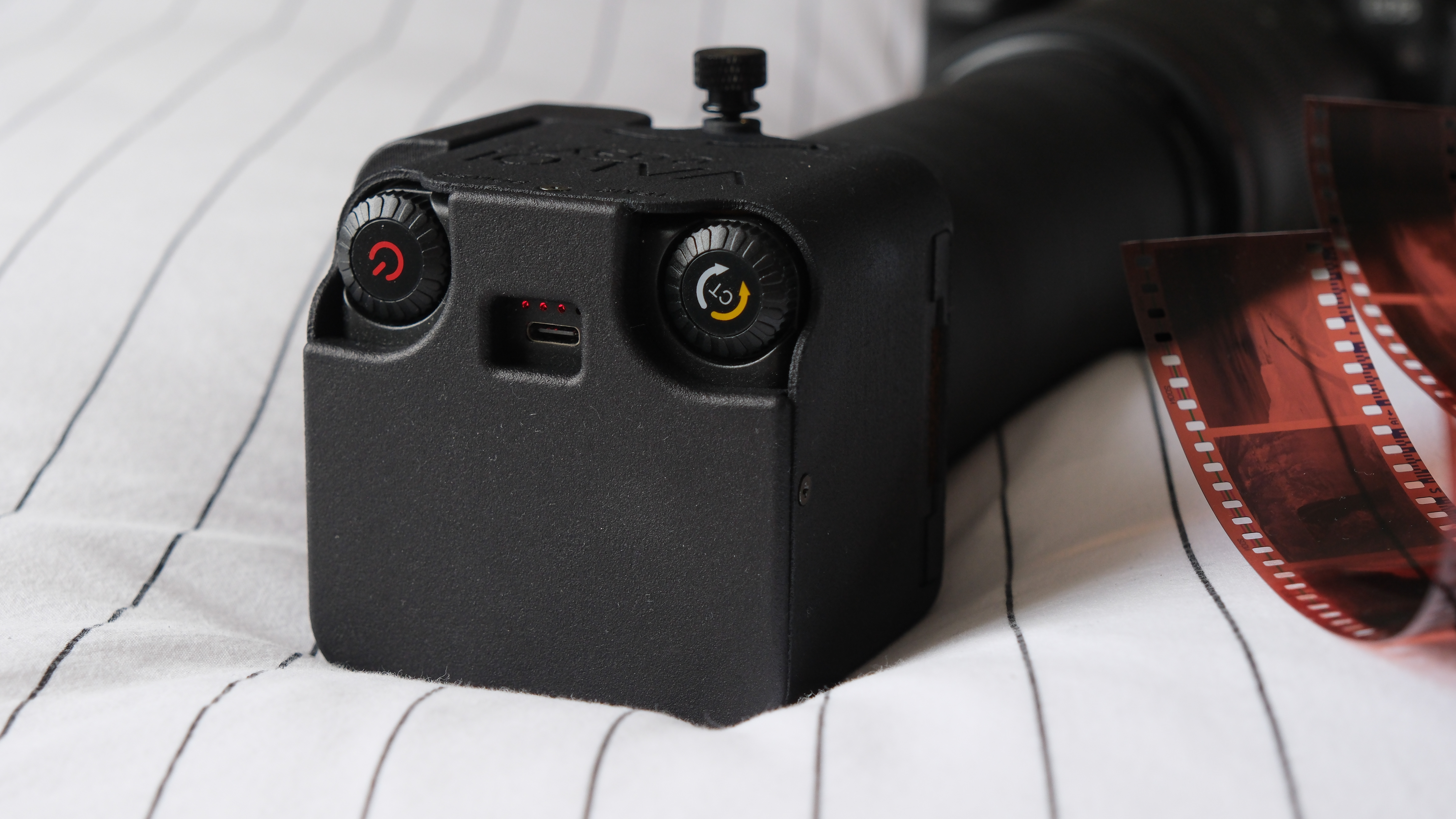
I have a few different film holders to test and it is very easy to swap them in and out, although I was a bit delicate with them at first, it does take a bit of force to pull them out, but if they are tight it does reassure me that light isn’t going to be creeping in.
The film holders also do really well at holding the film very flat, even when I scanned sections of cut film of two or three frames, although you will struggle a little with single frames to pull them through the holder and might have to employ some tweezers.
The duster is also essential for me, especially with the dust issue I mentioned earlier. It screws on to the side, and the film slides through easily enough. My only wish is that the film holders pulled out on the opposite side to the duster, as I had to remove the duster each time I wanted to change the film holder which was mildly frustrating.
Valoi Easy35: Performance
Scans from the Easy35 were exceptional, (all scans were converted in Lightroom Classic using the Negative Lab Pro plugin), the system does a fantastic job of completely sealing out any outside light so there is no unwanted glare ruining the contrast as you can get with other unsealed camera scanning setups.
The light inside is wonderfully consistent, I was a little skeptical about a relatively cheap off-the-shelf panel light performing to a dependable standard, but when determining the color balance across an entire roll of film each frame border had the same value, which makes me confident sample the first frame and sync across the roll.
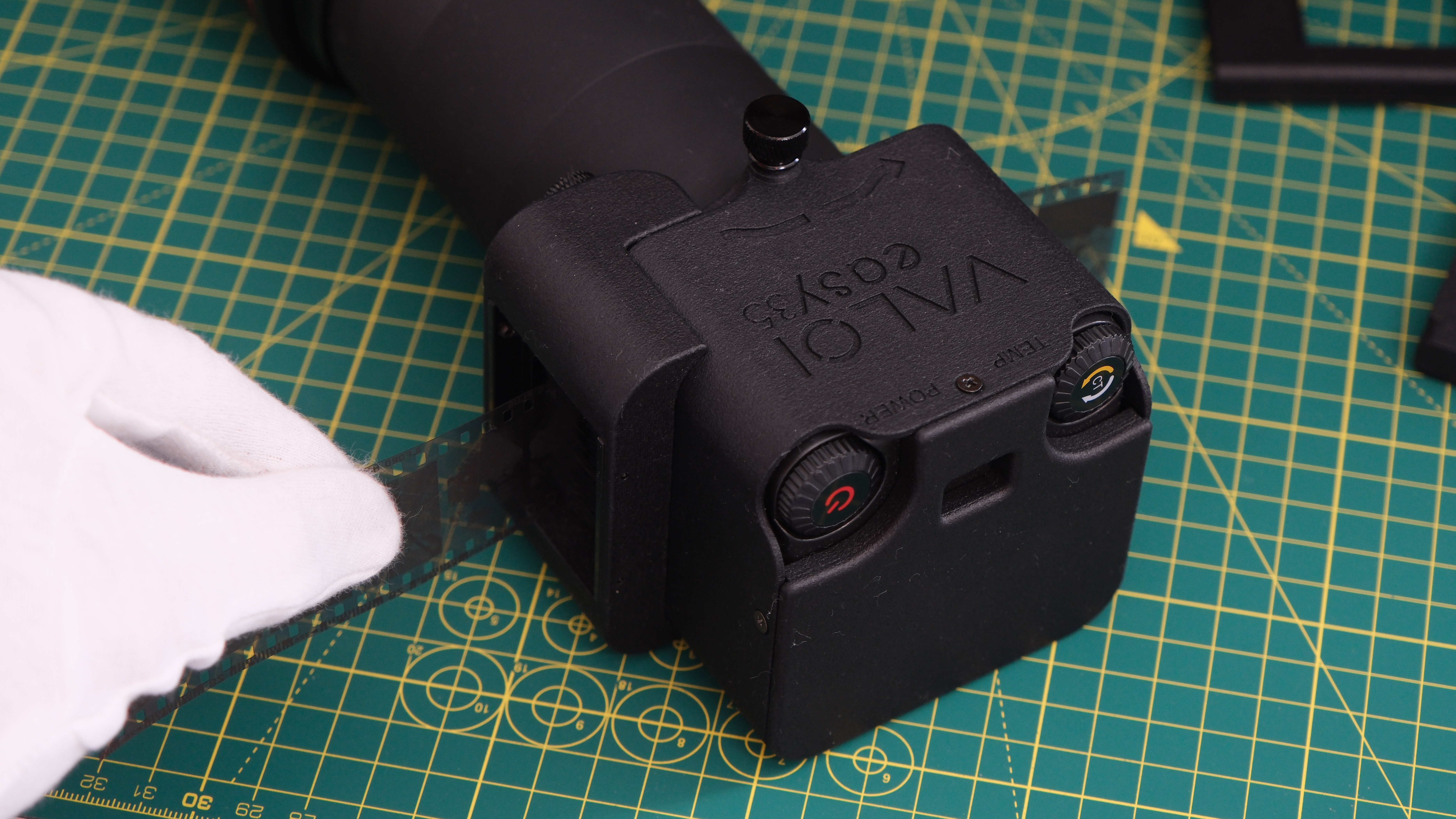
But this is not technically a scanner. So there is the question of whether the quality you are going to get is determined by the camera and lens you are using for capture, but I am happy to say – this doesn't seem to matter much.
For my first trials I used a 30.3MP Canon EOS R and the Canon RF 100mm f/2.8L IS USM, and the results were absolutely pin-sharp with great contrast. At several thousand dollars though, this is not going to be everyone’s first setup.
I wanted to compare to a much cheaper system, unfortunately, the cheapest camera I own is the Fujifilm X-T5 (40.2MP) – which actually isn’t that cheap, but I do have a TTArtisan 40mm f/2.8 Macro lens which is probably the cheapest macro lens on the market right now.
And honestly, there is no perceptible difference I can see between the two combinations in terms of quality. Focusing was slightly harder to nail on the Fuji/TTArtisan combo, but once I had it perfected, even pixel peeping I couldn’t tell the difference, which suggests that you really don’t need an expensive setup to make camera scanning a success.
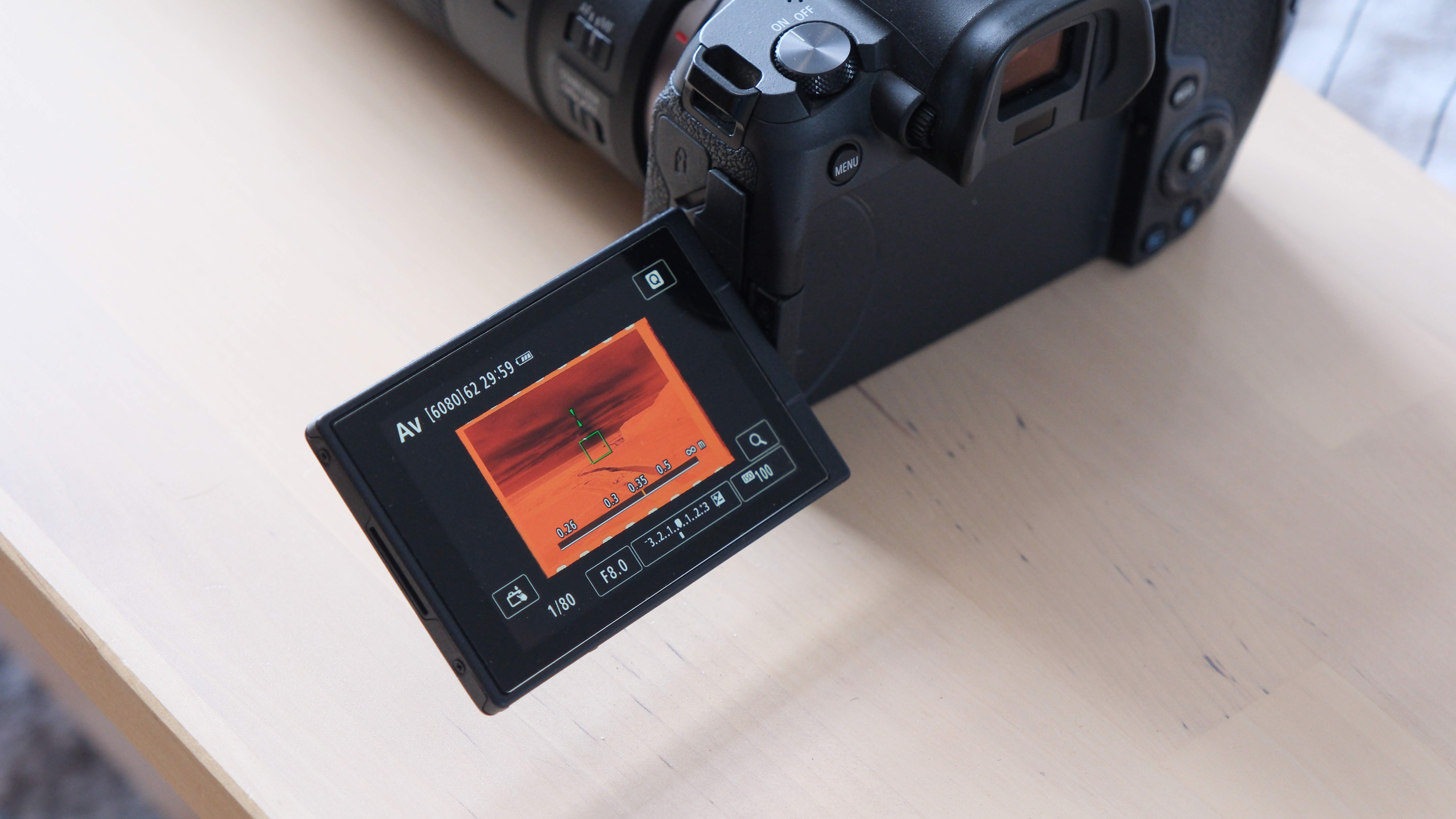
I am testing the Easy35 with three different sizes of film holders, one for 35mm film, one for half-frame, and a final size for 35mm with the sprocket holes showing.
The first two do an exceptional job of stopping any light creeping in from around the outside. The 35mm holder is pretty perfectly sized for 35mm film, with each frame taking up the whole area as expected. The half-frame film holder has a little more leeway, with a sliver of the next photo on the roll also sneaking into the frame – although I didn’t find this had any effect on light leaking between the images, and it is easy to crop out the portion of the next image later when making conversion calculations.
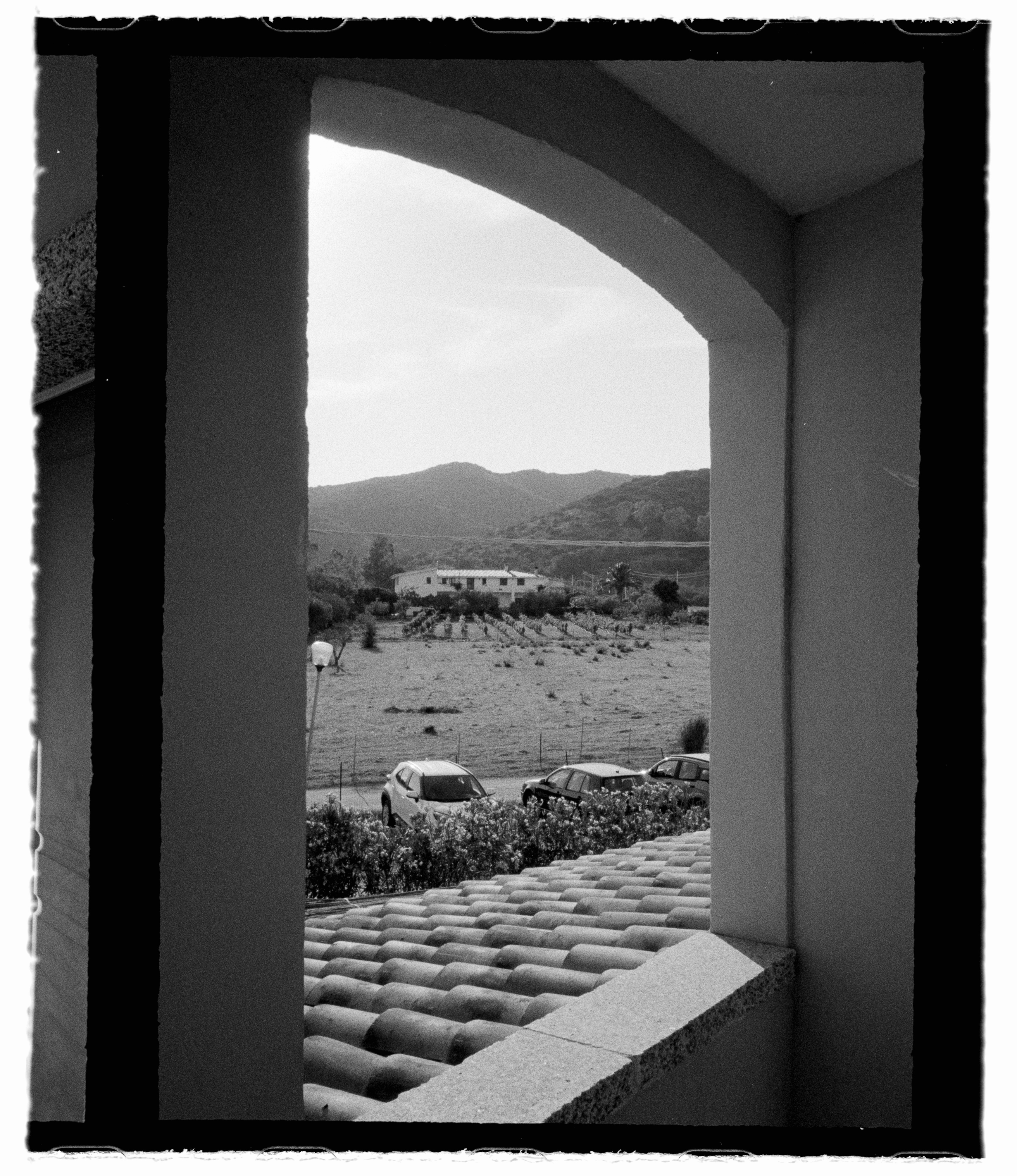
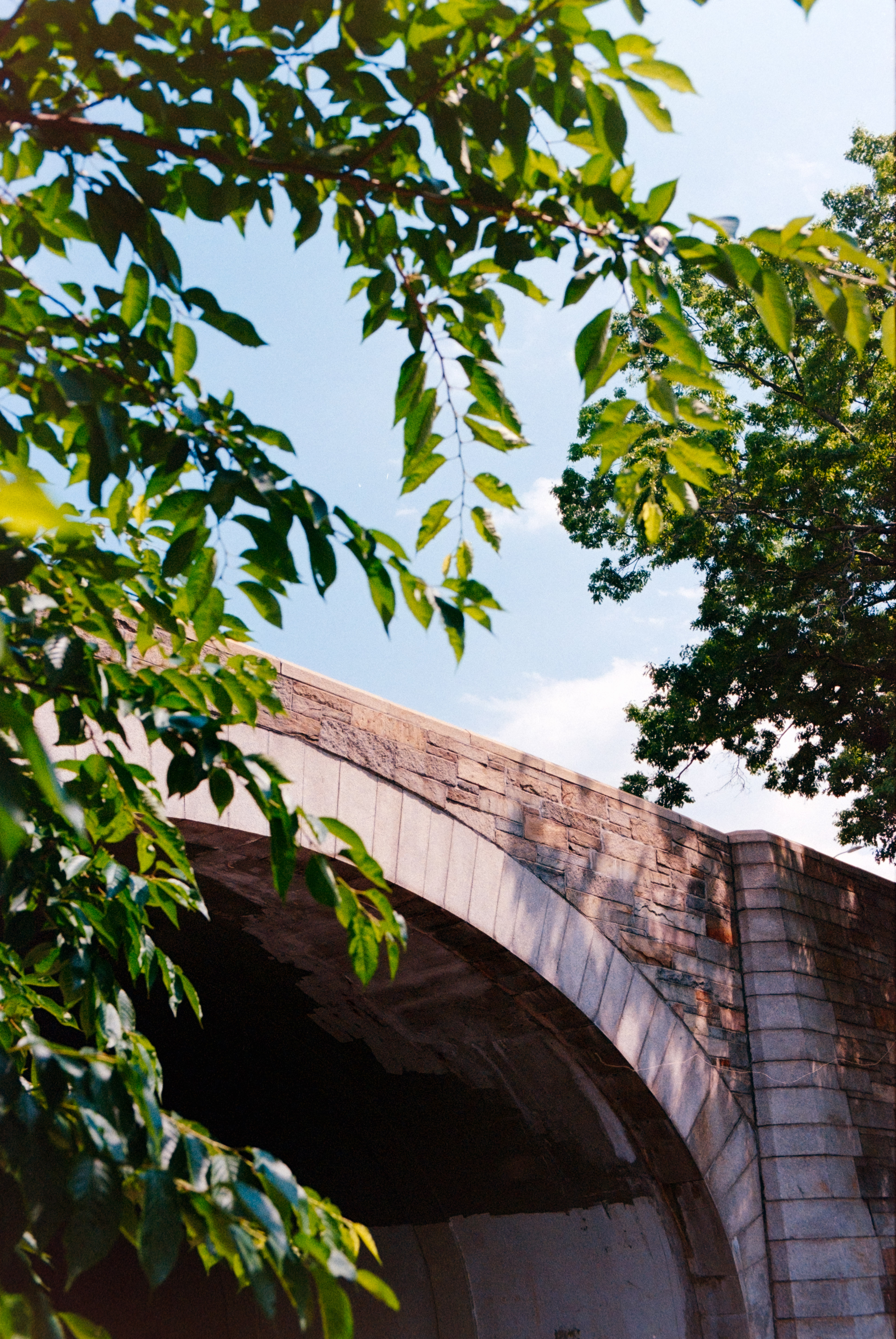
The 35mm sprocket holder actually performed better than I thought, but with lots of holes on each side letting light through it is inevitably going to spill light onto the image. The contrast on the edges of frames is much weaker, and the sprockets themselves generated some odd color artifacts and noise when I converted them using NLP. This might be improved upon with time and practice, but for now, I would rather just use the standard 35mm holder and add a fake film border if I really wanted that look for my Instagram.
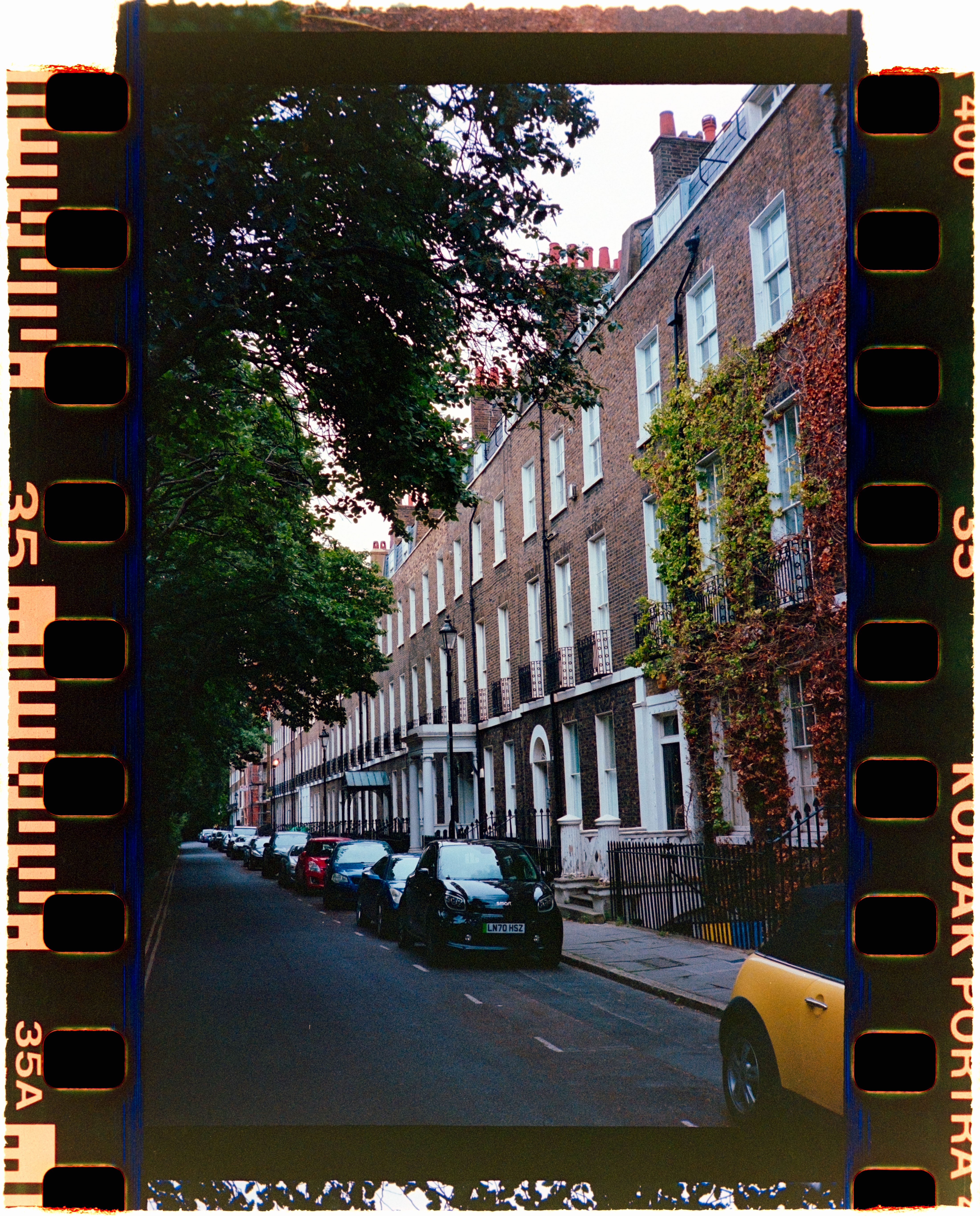
Valoi Easy35: Sample Images
The images below are a mix of 35mm and half-frame film, I have left the borders on all the images so you can get an idea of how each type of film is framed using the Easy35 as well as how much light leaking there might be around the edges (spoiler, pretty much none except for the sprocket holder).
All these were shot on either a Canon EOS R + Canon RF 100mm f/2.8L IS USM in .CR3 or a Fujifilm X-T5 + TTArtisan 40mm f/2.8 Macro in .RAF, and converted in Adobe Lightroom using the Negative Lab Pro plugin.
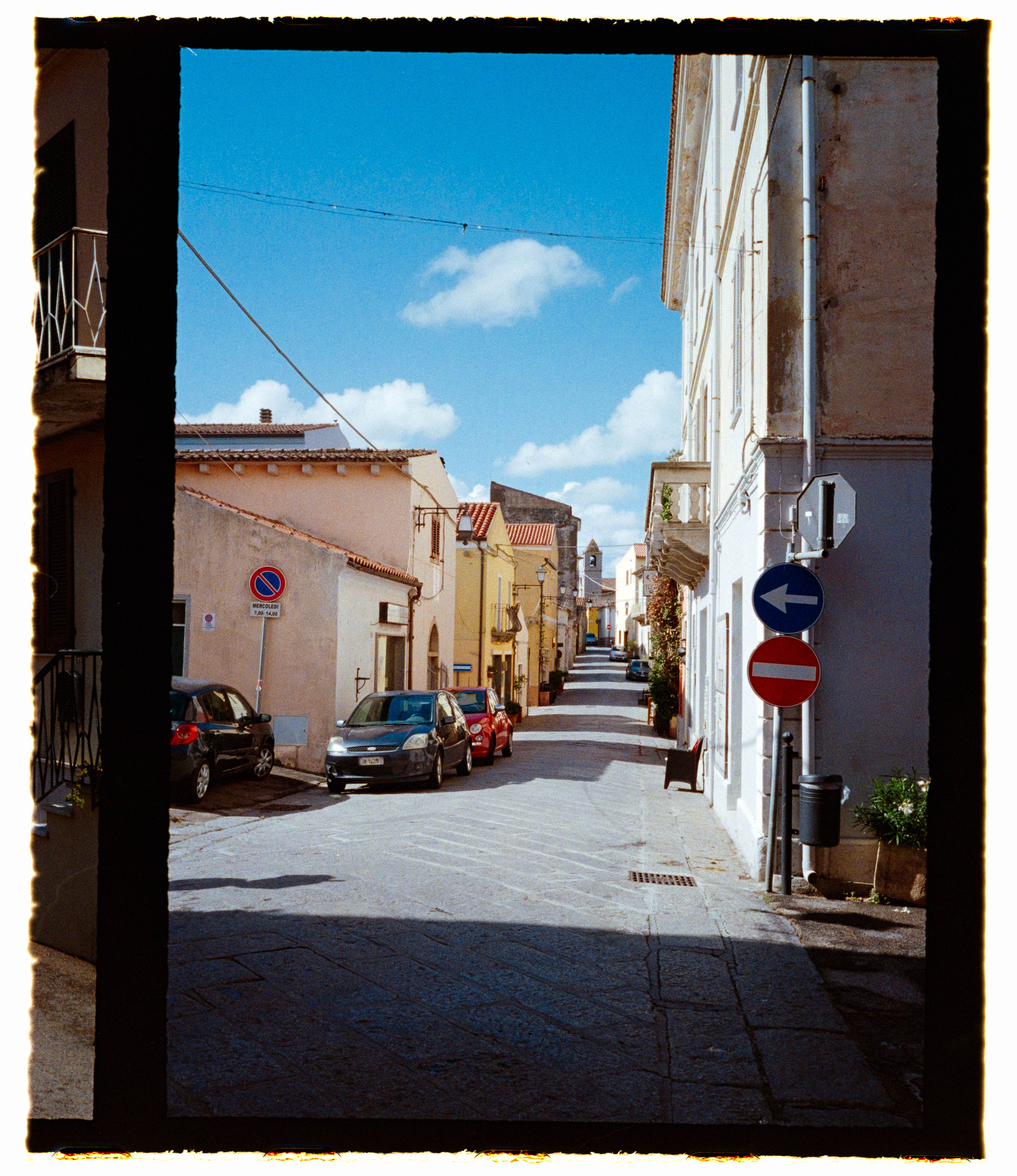
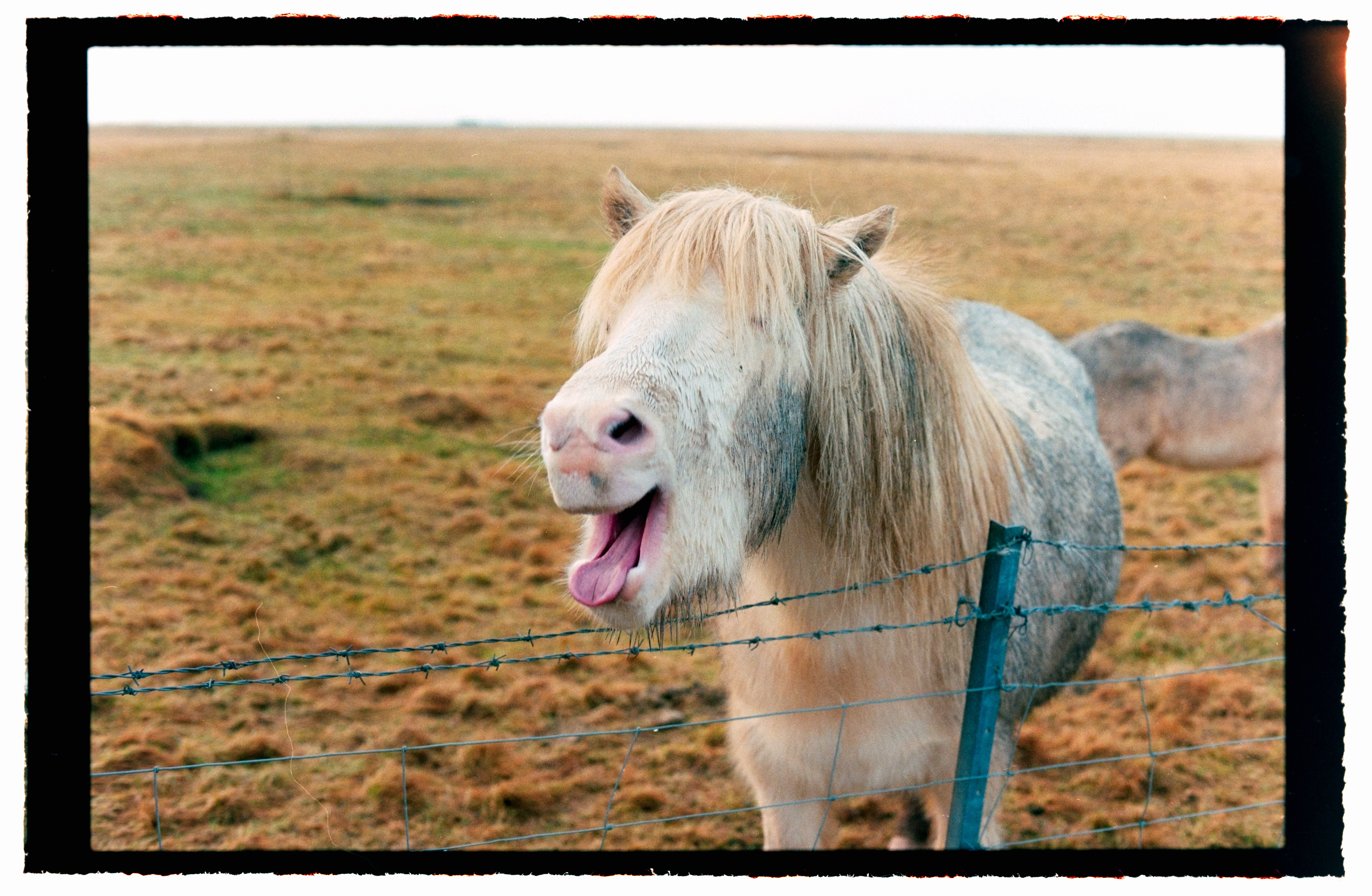
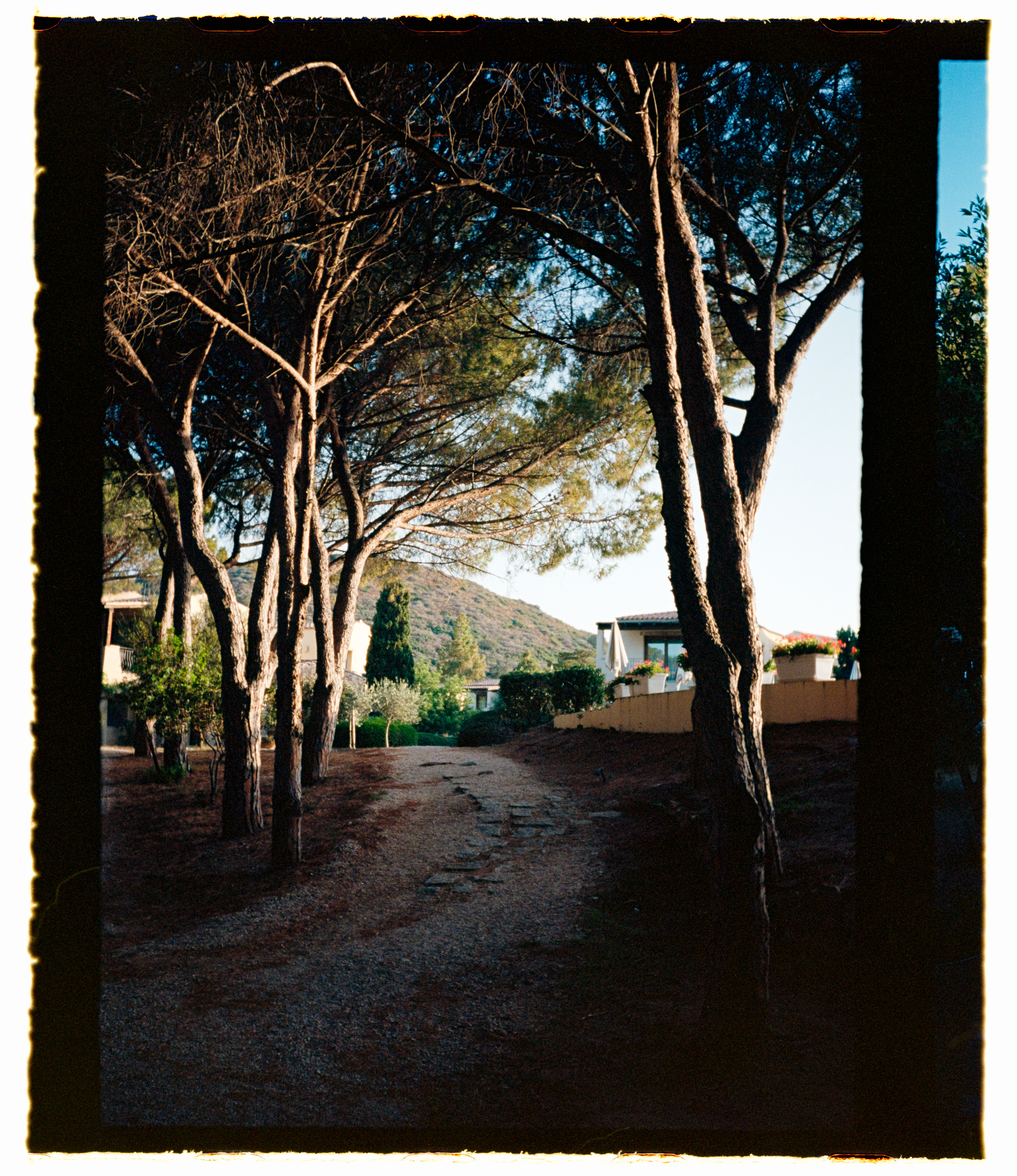
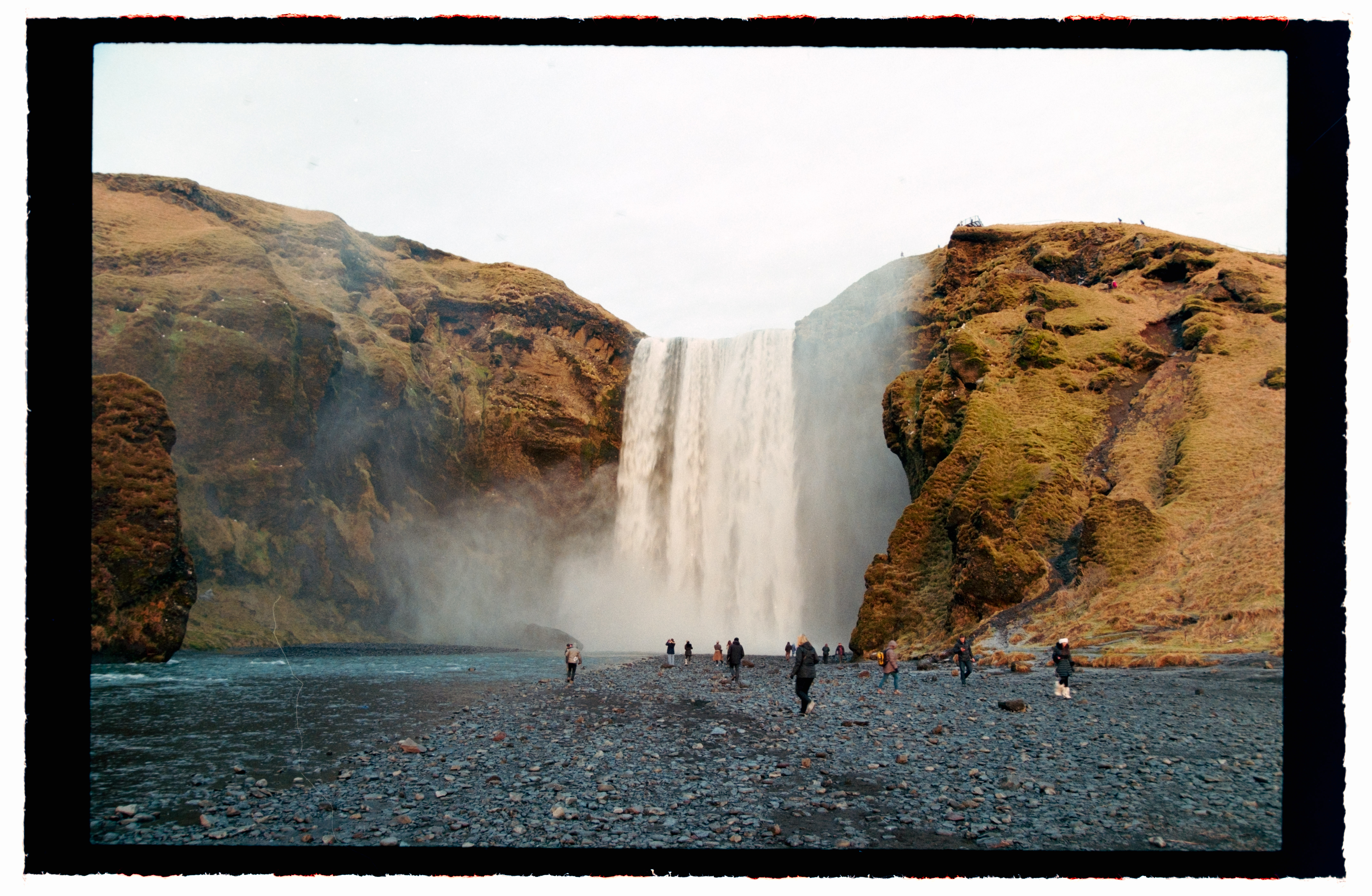
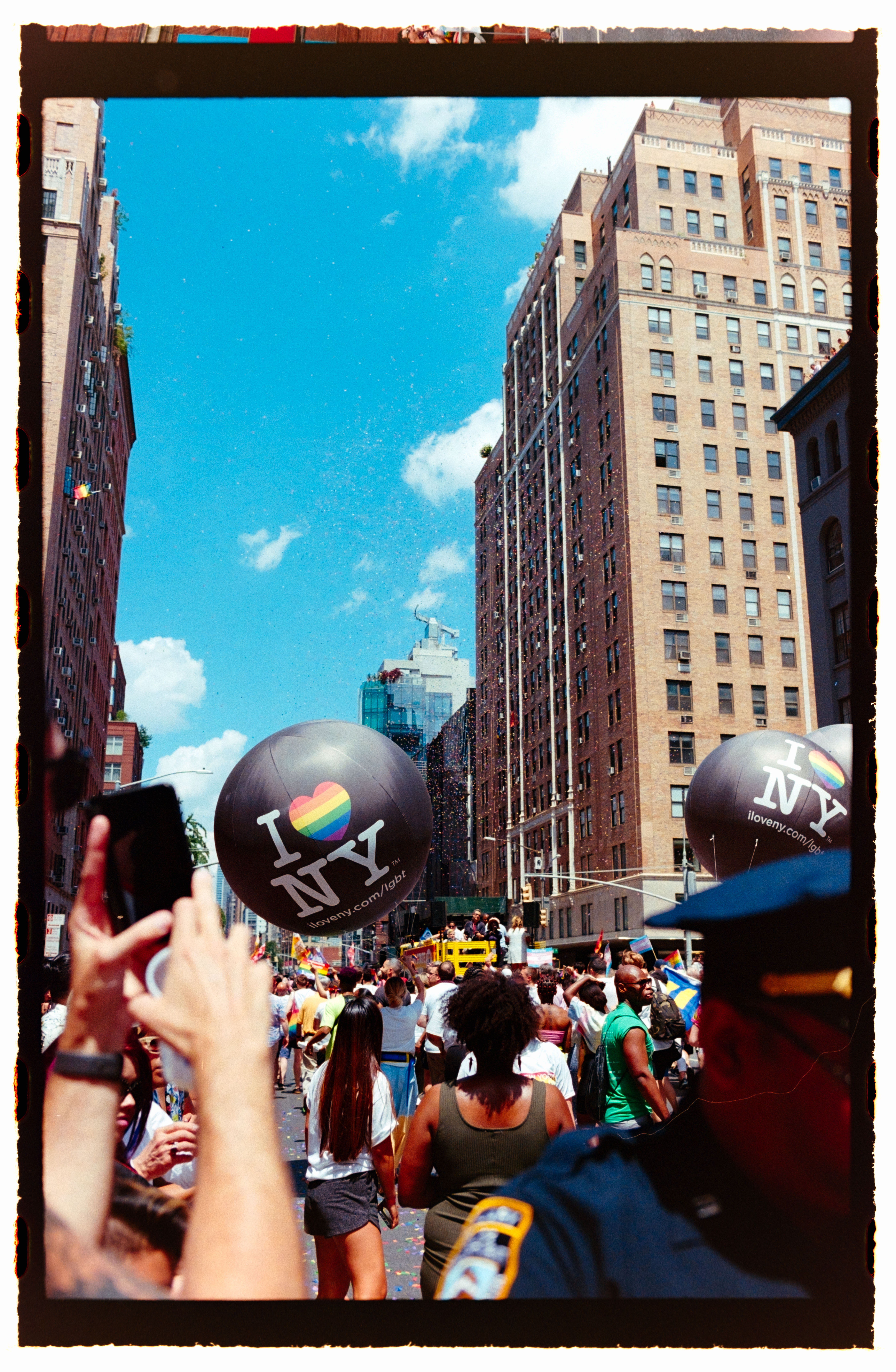

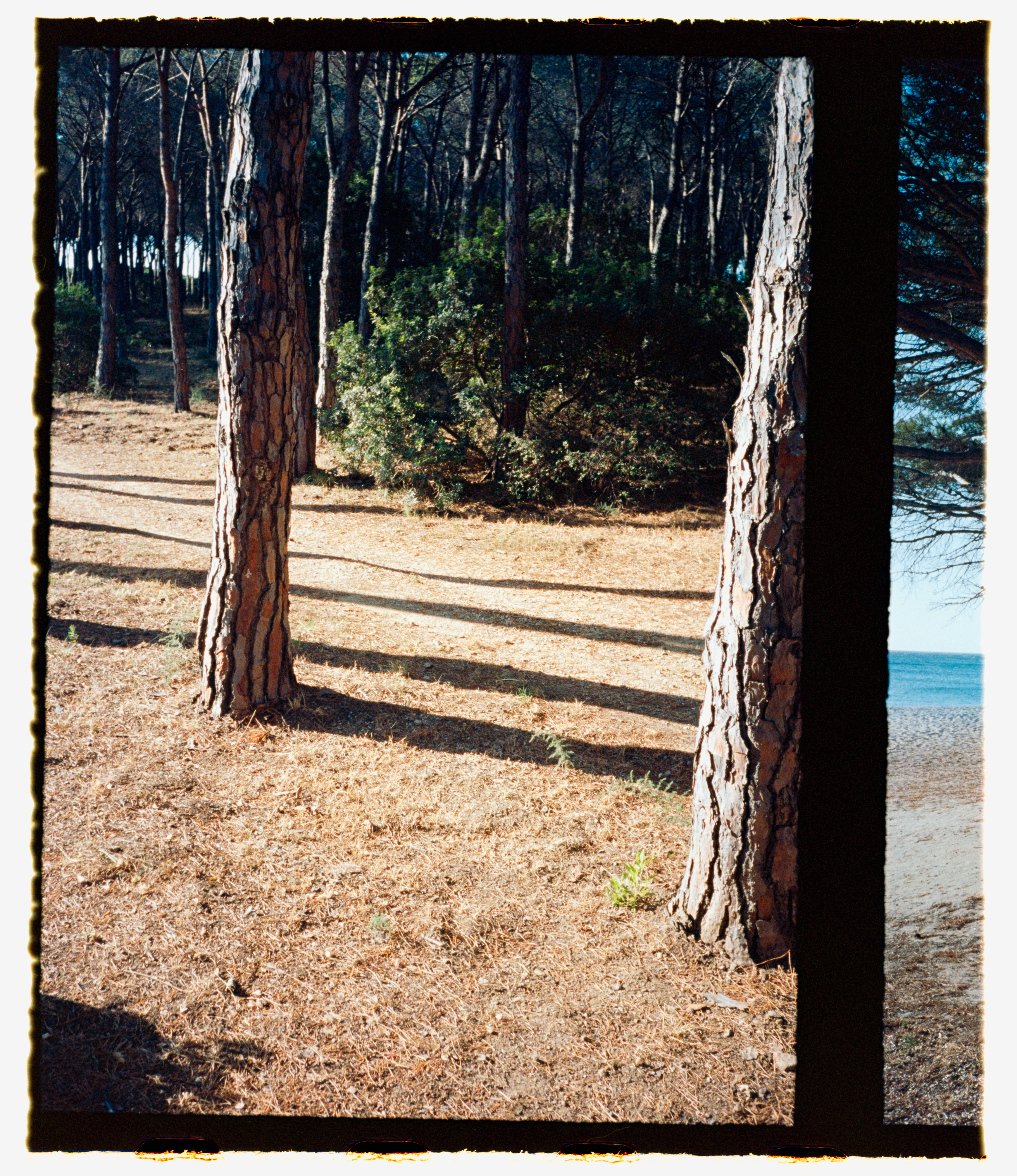
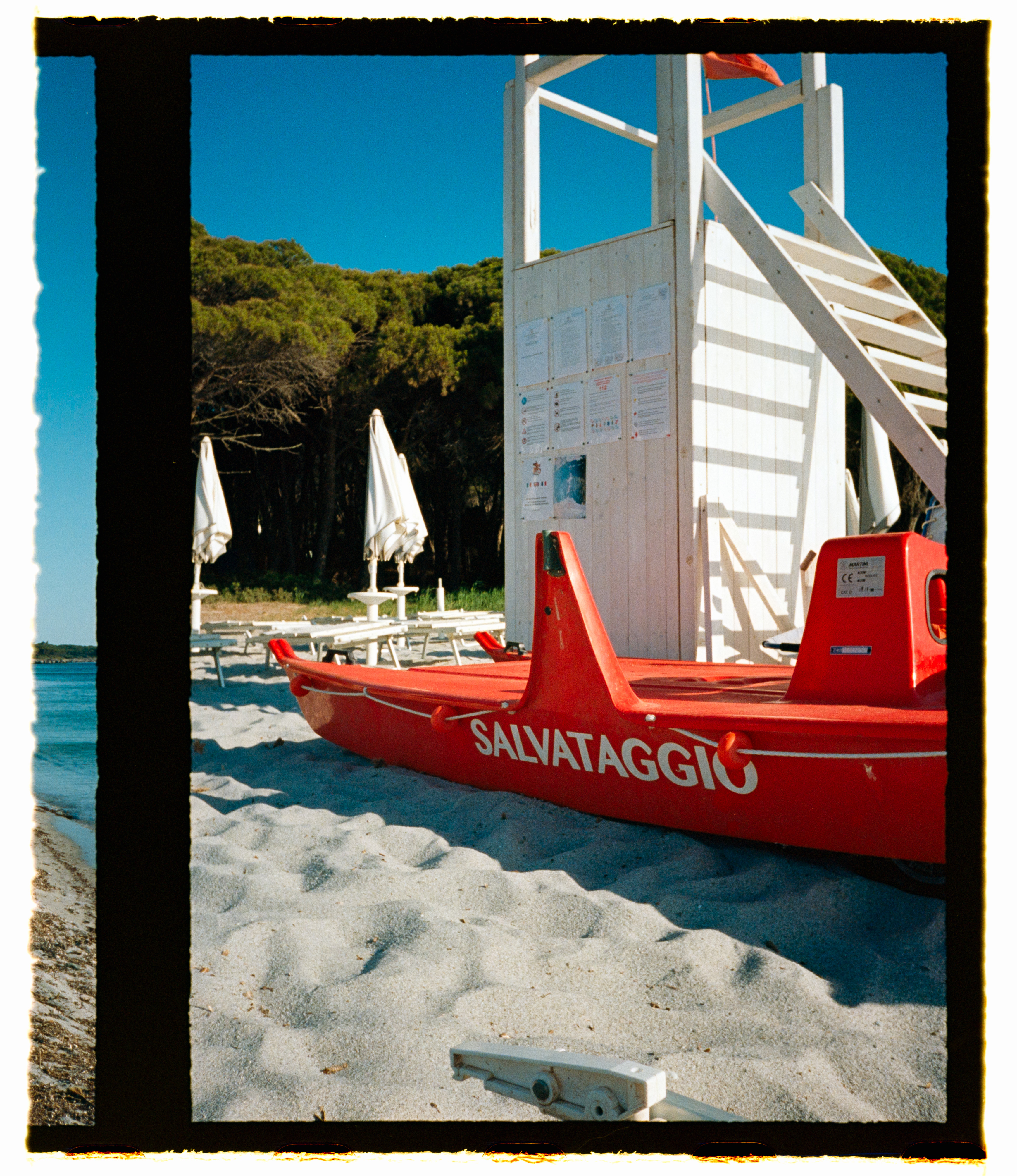
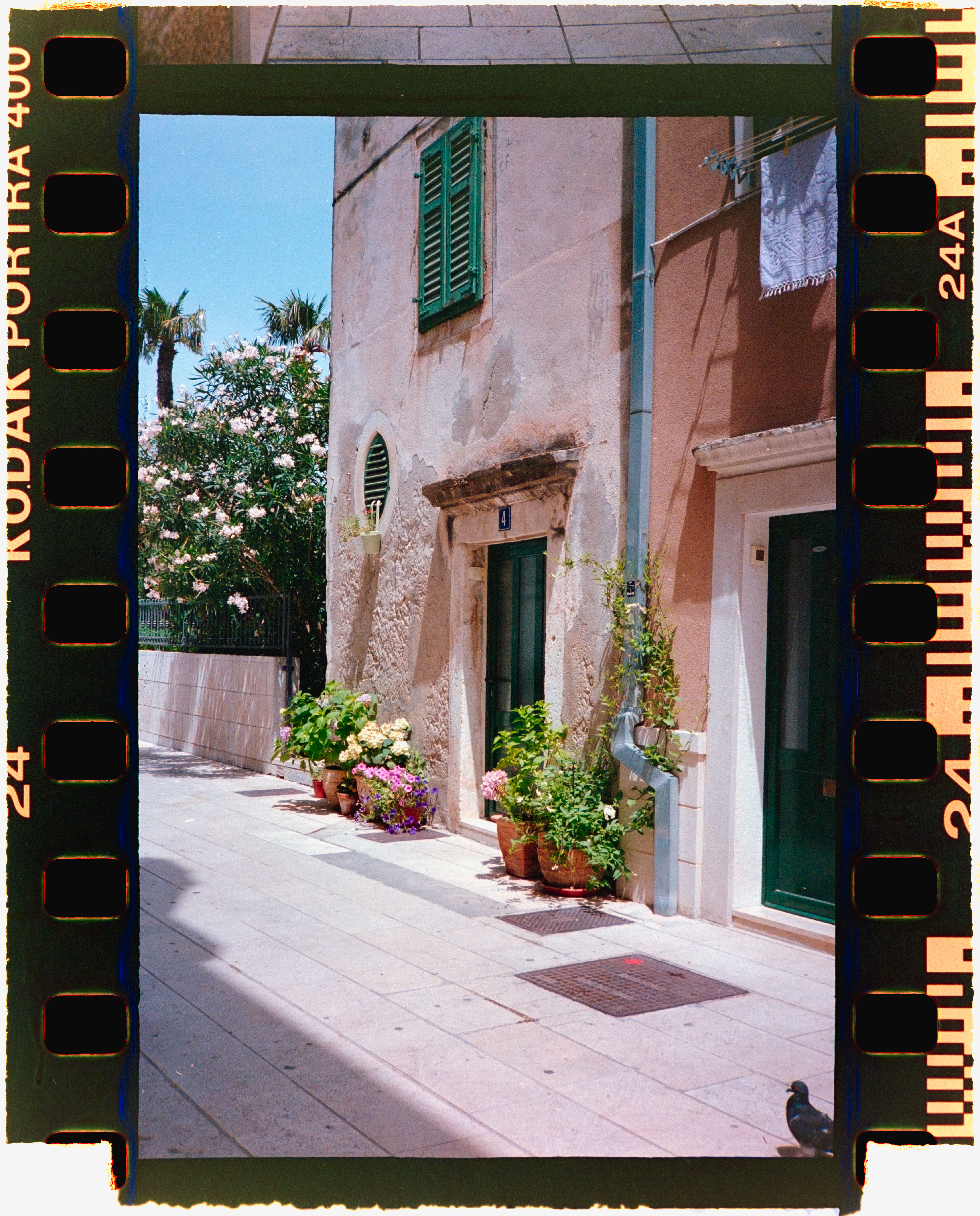
Valoi Easy35: Verdict
I was such a camera scanning skeptic before I used the Valoi Easy35, with my previous setups being tediously fiddly to perfect that I wasn't actually saving any time over using a dedicated scanner. But the Easy35 makes it so fast and so easy to scan 35mm or smaller film that I've completely changed my mind on film scanning – so much so that this is how I intend to scan from now on.
While the device itself might be deserving of full marks, the obvious downside to the Easy35 is that it's not all you need to scan, and unless you own a decent digital camera and macro lens (of the right focal length) then you'll find it impossible to scan anything. If you shoot film a lot then this might be a worthwhile investment, but for the casual film enthusiast, it's a lot of initial expense.
But if you have all the gear, then the Easy35 assists in producing brilliantly lit, flat, and consistent frames with the most minimal of effort. Quality is excellent, with the system sealing out all outside light and the holders doing a great job of preventing stray light coming from around the outside – although use the sprocket holder at your own discretion.
If you haven't tried camera scanning before, now is the time.
Features | A simple but effective device holds film flat in front of a diffused light source for capture and needs nothing more. | ★★★★★ |
Design | Lightweight but solid feeling design, although the rough exterior is a magnet for fluff. Easy to feed through film and change film holders. | ★★★★☆ |
Performance | Does exactly what you need – the light is bright, consistent, and perfectly diffused, the case has absolutely no light leaks and the film is held perfectly flat. | ★★★★★ |
Value | The Easy35 itself is good value and cheaper than a good dedicated scanner, but, if you don't have a digital camera, macro lens and software, things get expensive. | ★★★★☆ |
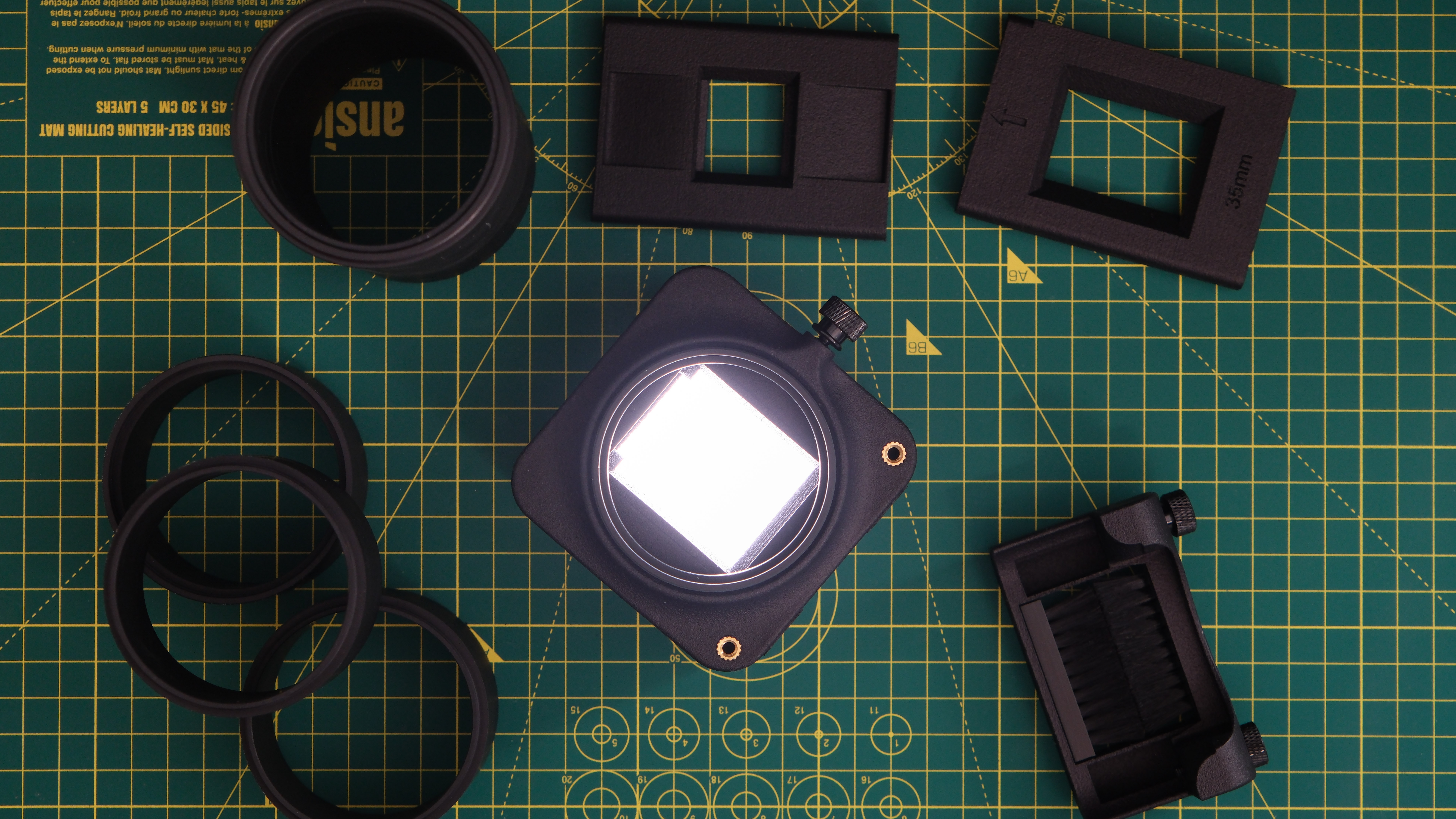
✅ Buy it...
- If you want the fastest way to scan a roll of film in the best possible quality, this is it.
- If you already have all the software and required equipment from previous camera scanning setups then you might find this a lot easier.
🚫 Don't buy it...
- If you shoot a lot of medium format film then you're out of luck as the Easy35 only handles frames 35mm or smaller.
- If you don't own a digital camera or a macro lens then you'll have to be prepared to buy one to use the Easy35.
Alternatives
Plustek OpticFilm 8200i SE
Far slower and much more tedious than the Easy35, but Plustek’s dedicated film scanner produces excellent quality results, and the bundled Silverfast software takes out the extra work of converting negatives into color positives.
Epson Perfection V850 Pro
Bulky, heavy, and slow but if you want to scan multiple formats of film and anything bigger than 35mm then a flatbed scanner is the way to go. The V850 produces excellent quality, and the software can handle batch scanning to make it a little less labor-intensive.

Gareth is a photographer based in London, working as a freelance photographer and videographer for the past several years, having the privilege to shoot for some household names. With work focusing on fashion, portrait and lifestyle content creation, he has developed a range of skills covering everything from editorial shoots to social media videos. Outside of work, he has a personal passion for travel and nature photography, with a devotion to sustainability and environmental causes.
